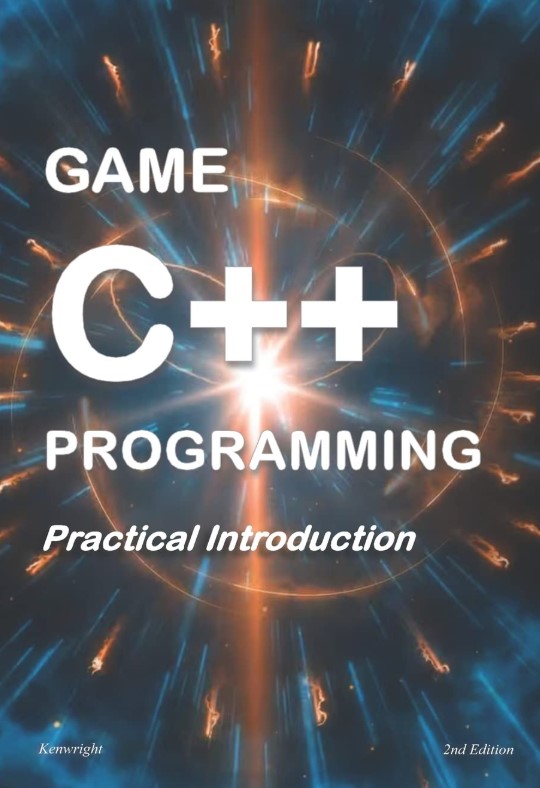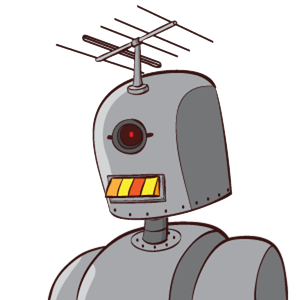
Game C++ Programming: A Practical Introduction
An visionary journey into programming, "Game C++ Programming A Practical Introduction" explores its profound influence on the creative disruption. With clarity and enthusiasm, this essential read delivers fresh perspectives and actionable insights that inspire curiosity and spark meaningful progress.



Sarah Johnson
Professional ReviewerGreat point! I especially appreciated the chapter on implementation strategies—it offered clear, actionable steps I could use immediately.
September 27, 2025